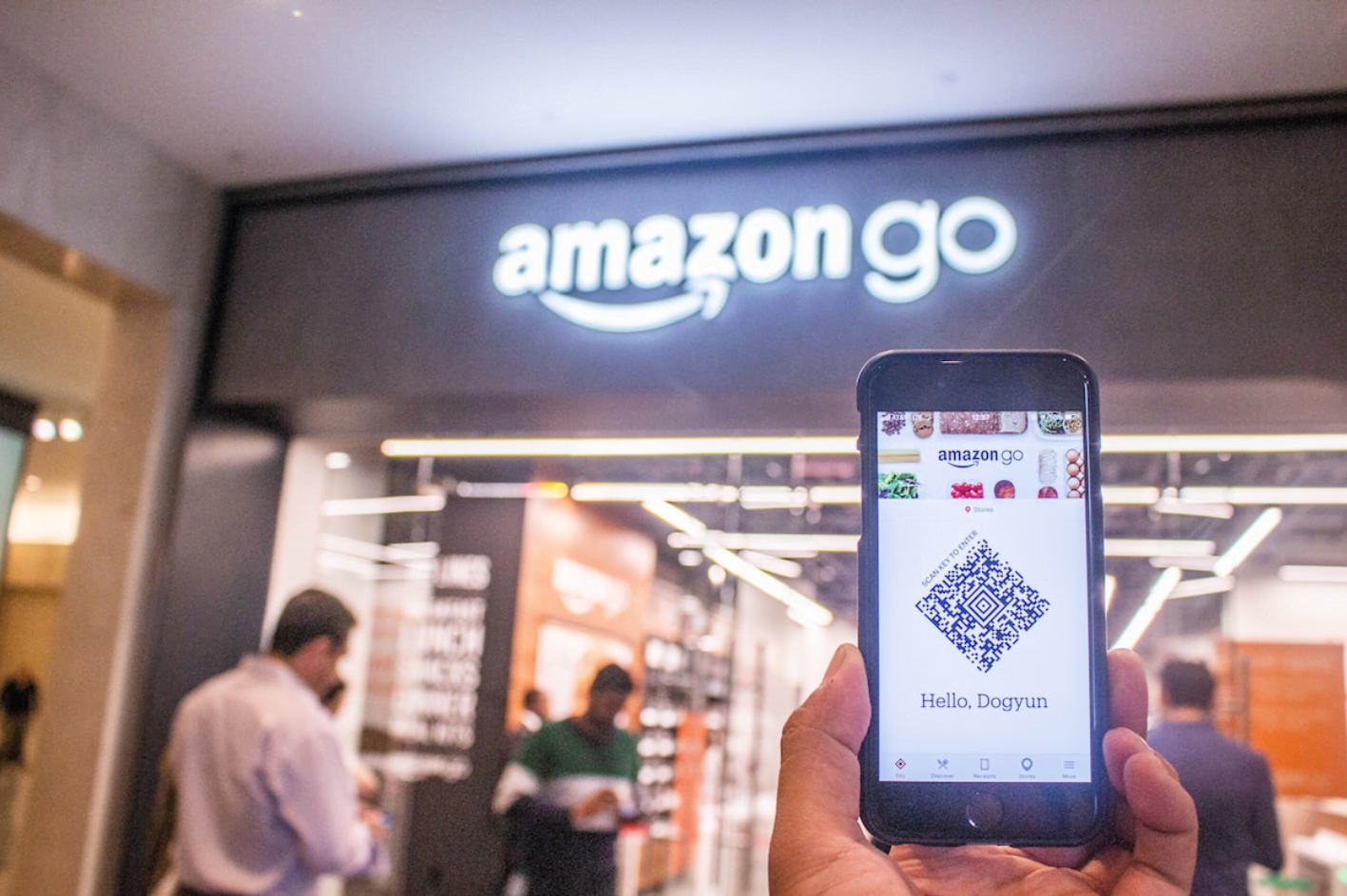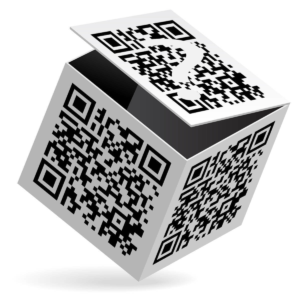Introduction
In today’s digital age, QR codes have become increasingly popular for their ability to quickly and conveniently share information. Whether it’s for business or personal use, Create QR Code Quickly can be a simple task that can be accomplished in just a few minutes. This article will guide you through the process of creating a QR code swiftly, providing you with the knowledge and tools you need to incorporate this versatile tool into your everyday life.
What is a QR Code?
A QR code, short for Quick Response code, is a two-dimensional barcode that contains encoded information. Originally designed for the automotive industry in Japan, QR codes have gained widespread popularity due to their ability to store a large amount of data and be quickly scanned by smartphones or other QR code readers. QR codes can contain various types of information, such as website URLs, contact details, product information, and more.
Importance of QR Codes
QR codes have become an essential tool in various industries due to their versatility and ease of use. They provide an efficient way to bridge the gap between physical and digital mediums, allowing users to access information or perform actions by simply scanning a code. Whether it’s for marketing purposes, inventory management, or personal use, QR codes offer numerous benefits, making them a valuable asset in today’s technologically driven world.
Ways to Create a QR Code
There are several ways to create a QR code, depending on your specific requirements and resources. Here are some common methods:
1. Online QR Code Generators
Online QR code generators are web-based tools that allow you to create QR codes without the need for any technical knowledge or software installation. These platforms usually offer a user-friendly interface where you can input the desired information and customize the design if needed. Simply enter the relevant data, such as a URL, text, or contact details, and the generator will generate a QR code that can be downloaded and saved for later use.
2. QR Code Generator Apps
QR code generator apps are mobile applications that can be downloaded onto your smartphone or tablet. These apps offer similar functionality to online generators but provide the convenience of creating QR codes directly on your mobile device. With just a few taps, you can enter the required information and generate a QR code instantly.
3. QR Code Generator Software
For users who require more advanced features or frequently create QR codes in large volumes, QR code generator software can be a suitable option. These software applications provide enhanced customization options, data tracking capabilities, and the ability to generate QR codes in bulk. They are commonly used by businesses or organizations that require more control over the QR code generation process.
4. Programming QR Codes
For developers or individuals with programming skills, it is also possible to generate QR codes programmatically using various programming languages. This method provides the highest level of flexibility and customization but requires a deeper understanding of coding principles and libraries.
Step-by-Step Guide: Creating a QR Code in Under Five Minutes
Follow these steps to create a QR code quickly:
1: Determine the Purpose of the QR Code
Before creating a QR code, it’s crucial to define its purpose. Decide what information you want to encode, such as a website URL, contact details, or a text message. Understanding the purpose will help you choose the appropriate type of QR code and ensure that it serves its intended function.
2: Select a QR Code Generator
Choose a QR code generator that suits your needs. Whether it’s an online generator, mobile app, or software, ensure that it supports the type of data you want to encode and offers the necessary customization options.
3: Enter the Relevant Information
Enter the required information into the QR code generator. This may include a website URL, contact details, or any other data depending on your chosen purpose. Double-check the entered information to avoid errors.
4: Customize the QR Code (Optional)
If desired, customize the appearance of the QR code to align with your branding or personal preferences. Some generators allow you to change the color, add a logo, or modify the shape of the QR code. Remember to keep the code easily scannable by avoiding excessive modifications.
5: Generate and Test the QR Code
Generate the QR code and download it to your device. Before using the QR code, test it with different QR code readers to ensure that it functions correctly. Pay attention to factors such as scanning speed, readability, and compatibility across different devices.
Tips for Effective QR Code Creation
To maximize the effectiveness of your QR codes, consider the following tips:
1. Keep it Simple and Clear: Avoid cluttering the QR code with unnecessary information or intricate designs. A clean and simple QR code is more likely to be scanned successfully.
2. Test the QR Code Before Use: Before publishing or printing the QR code, test it thoroughly with various QR code readers to ensure it works reliably.
3. Ensure Appropriate Size and Placement: Ensure that the QR code is large enough to be scanned easily, especially when printed on physical media. Place the code in a prominent and easily accessible location for users.
4. Provide Clear Instructions or Call-to-Action: If necessary, accompany the QR code with clear instructions or a call-to-action to guide users on how to scan or interact with the code.
5. Monitor and Track QR Code Performance: Utilize tracking tools or analytics to monitor the performance of your QR codes. This data can provide valuable insights into user engagement, allowing you to optimize your strategies and improve future campaigns.
Advantages of QR Codes
QR codes offer numerous advantages across various domains. Some notable benefits include:
Enhanced User Experience: QR codes provide a seamless and interactive way for users to access information, making it convenient and engaging.
Increased Convenience and Efficiency: By eliminating the need for manual data entry or searching, QR codes save time and effort for users, leading to increased efficiency.
Versatile Applications: QR codes can be used in diverse scenarios, such as marketing campaigns, ticketing systems, inventory management, or personal contact sharing.
Cost-Effective Marketing Tool: QR codes provide a cost-effective way to distribute information, promote products or services, and track user engagement.
Data Tracking and Analytics: With the ability to track QR code scans and gather data on user behavior, businesses can gain valuable insights to refine their strategies and enhance customer experiences.
FAQs
1. Are QR codes secure?
Yes, QR codes are secure as long as they are generated from trusted sources. However, it’s essential to be cautious when scanning QR codes from unknown or suspicious origins, as they may lead to malicious websites or unauthorized actions.
2. Can QR codes be edited after creation?
Once a QR code is generated, its content cannot be edited. If you need to update the information, you will have to create a new QR code with the revised details.
3. Are QR codes compatible with all devices?
Yes, QR codes can be scanned by most smartphones and devices equipped with a camera and a QR code scanning application. However, it’s always recommended to test the compatibility of your QR codes across different devices and platforms.
4. Can QR codes be used offline?
QR codes require an internet connection to access the information encoded within them. However, some QR code readers or apps may provide offline functionality by storing the necessary data locally.
5. How long do QR codes last?
QR codes have an indefinite lifespan and can be used as long as they are scannable. However, it’s good practice to regularly test and update QR codes to ensure their functionality and keep the information up to date.
Conclusion
Creating a QR code in under five minutes is a simple and accessible process. Whether you choose an online generator, mobile app, software, or programmatically generate QR codes, the steps remain straightforward. By following the provided guidelines and incorporating QR codes into your activities, you can enhance user experiences, streamline processes, and leverage the versatility of this powerful tool.










